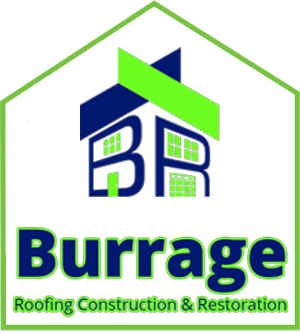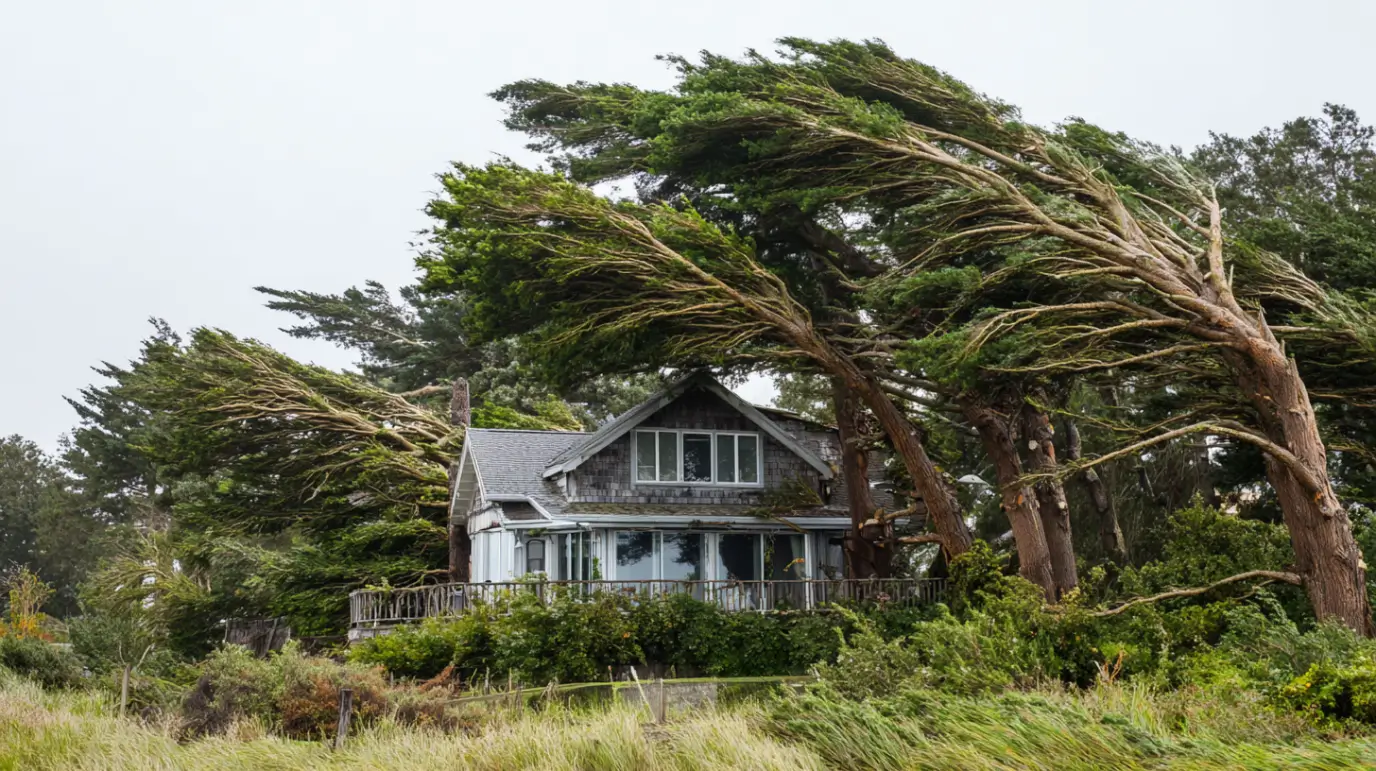In Quad Cities, high winds can jeopardize your property, potentially leading to costly roof repairs. Your roof is your home’s first line of defense against severe weather. Its design and materials significantly enhance wind resistance, keeping your home safe. At Burrage Roofing, we specialize in creating durable, wind-resistant roofs. Our expert team employs innovative techniques and quality construction methods to ensure your roof withstands harsh conditions.
Understanding High Wind Risks in Quad Cities, IL
Quad Cities, IL, frequently experiences high winds, often accompanying storms throughout the year. These winds exert significant pressure on buildings, especially roofs. Without proper protection, homes can suffer damage such as missing shingles or structural issues.
The risk increases for those near open fields or areas with little cover, where wind speeds are stronger. Understanding these local wind challenges highlights the importance of having a roofing system with advanced wind-resistant features to minimize weak spots and reduce property damage, ensuring long-term safety for your home.
Contact Us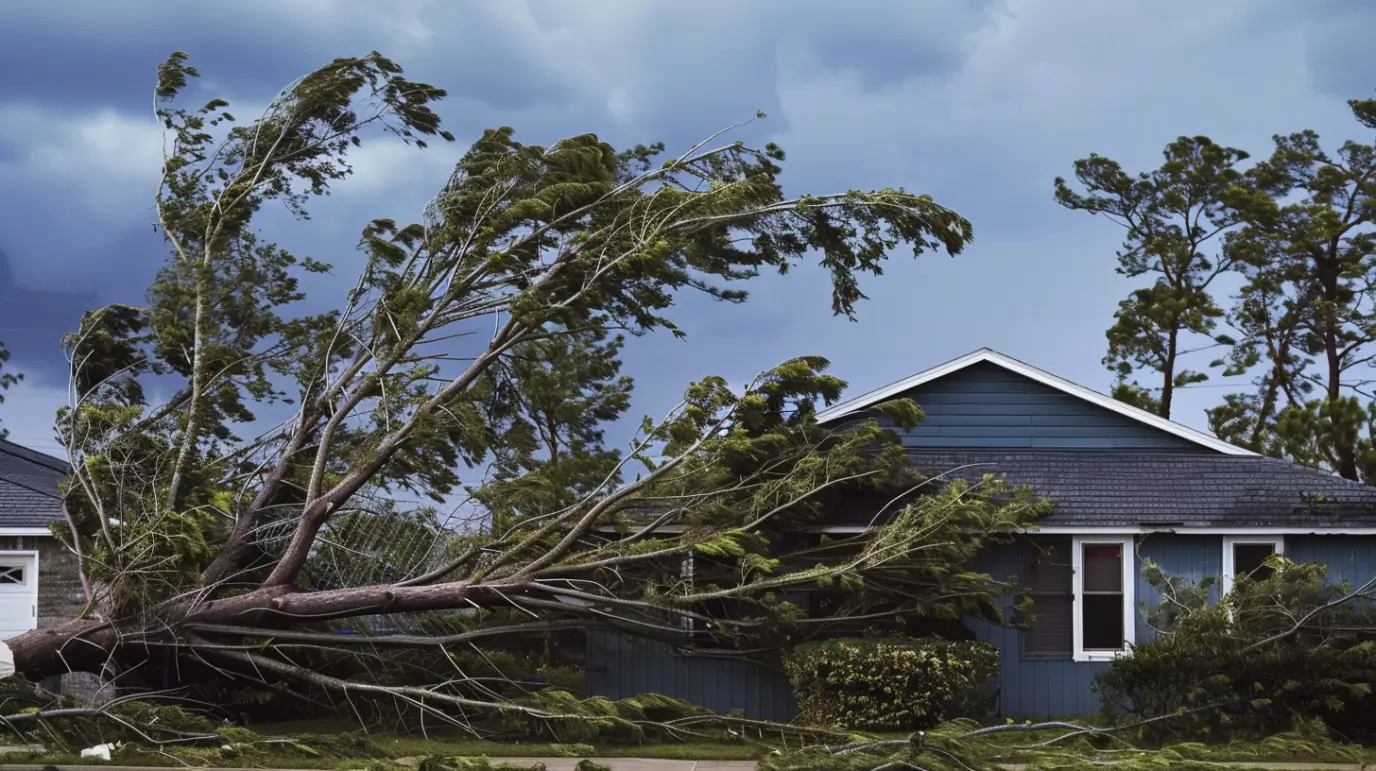
Common Weather Patterns and Wind Events
Wind-related damage is common in the Quad Cities due to harsh Midwest weather. Sudden storms, strong winds, and tornadoes can stress buildings, with winds over 60 mph hurling debris and increasing property damage risk.
Local storms vary in wind speeds, challenging roof strength. Older roofs may be susceptible to cracks or missing shingles, especially at weak points like flashing or overhangs.
Prepare before storms hit; Mother Nature won’t wait. Assess your property to ensure your roofing system can withstand severe storms year-round.
Impact of High Winds on Local Roofs
High winds can severely damage roofs, especially at edges and vulnerable spots where air enters. Changes in air pressure create uplift forces that can dislodge shingles, exposing the roof to moisture and causing long-term structural issues.
Roof damage isn’t just about missing shingles; torn or curled edges allow wind to penetrate deeper, weakening the entire structure over time. These small issues can escalate, making repairs more difficult and costly for homeowners.
Debris like tree branches or broken gutters can also accumulate after wind damage, further stressing the roof. If not addressed promptly, wind damage could lead to expensive repairs. Quad Cities residents should act quickly—reinforce roof edges and choose roofing materials with strong wind resistance to protect against uplift forces.
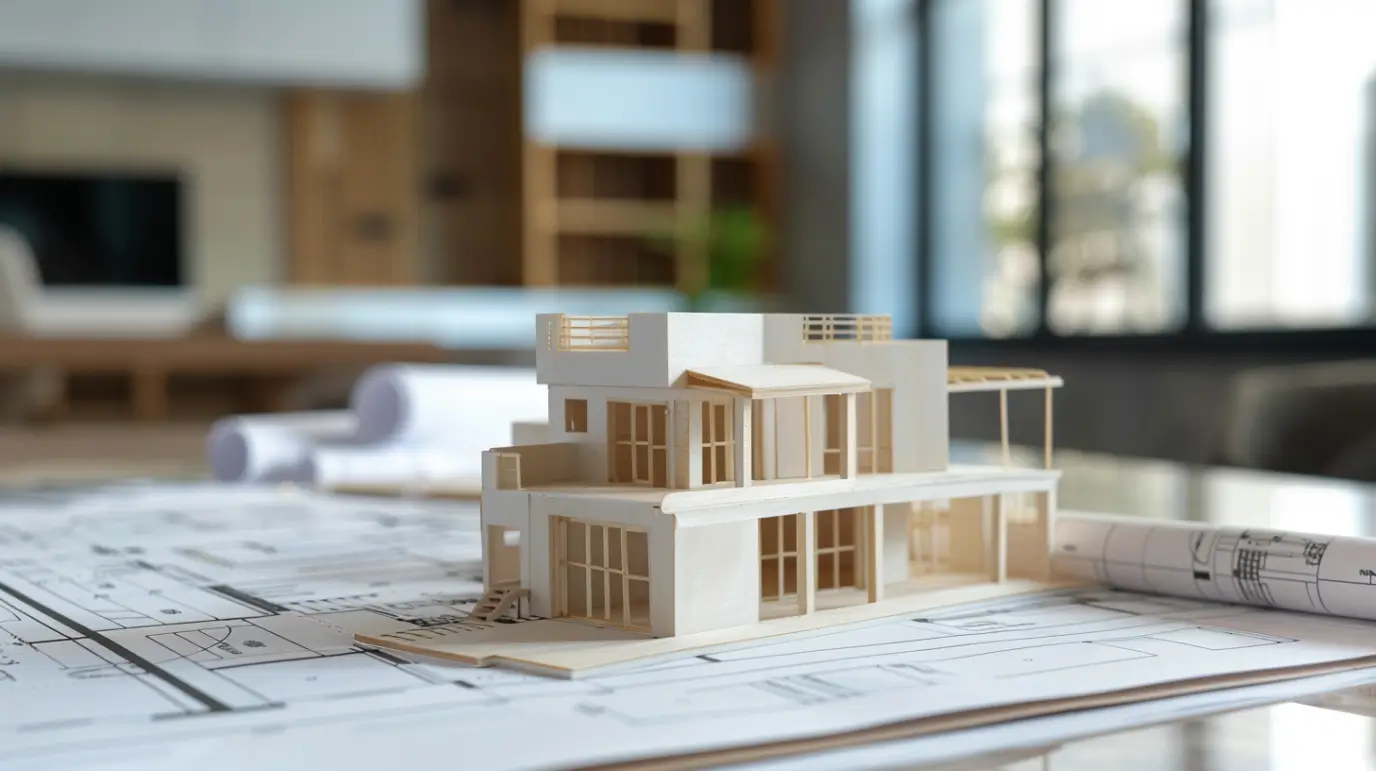
Key Principles of Wind-Resistant Roof Design
The right roof shape can enhance your home’s resilience against strong winds. A well-designed sloped roof reduces lift and distributes wind pressure, minimizing potential damage in high-wind areas.
Incorporating sturdy supports and properly sealing seams strengthens your roofing system, ensuring durability during severe weather and safeguarding your family.
At Burrage Roofing, we specialize in advanced roof designs tailored for high-wind environments. Our construction methods ensure lasting protection for your home, providing peace of mind for you and your loved ones.
Aerodynamics and Roof Shape
The shape of your roof greatly affects its wind uplift resistance. Hip roofs, sloping on all sides, effectively redirect wind forces and evenly distribute pressure, enhancing strength in severe weather.
In contrast, gable roofs face wind directly, making them less resilient. However, adding extra bracing can bolster gable roofs, making them suitable for unpredictable climates like the Quad Cities.
Flat roofs have minimal uplift due to their low profile but require careful maintenance to avoid water pooling. Regardless of whether you choose hip, gable, or flat roofs, using quality materials and proper construction improves wind resistance. The right roof shape balances design and functionality while safeguarding against wind uplift.
The Importance of Roof Slope and Overhangs
The angle of your roof significantly impacts its wind resistance. A steep slope allows wind to flow smoothly, reducing uplift and acting as a barrier against strong winds.
Overhangs provide extra protection but must be designed carefully; excessive overhang can compromise stability in high winds. Strengthening supports or using hurricane straps can improve the connection between the roof and walls, enhancing uplift resistance.
By combining the right slope with well-constructed overhangs, you can achieve better wind resilience without risking roof integrity. At Burrage Roofing, we focus on every detail to ensure each element—from slope to overhang—boosts uplift resistance and safeguards against harsh winds.
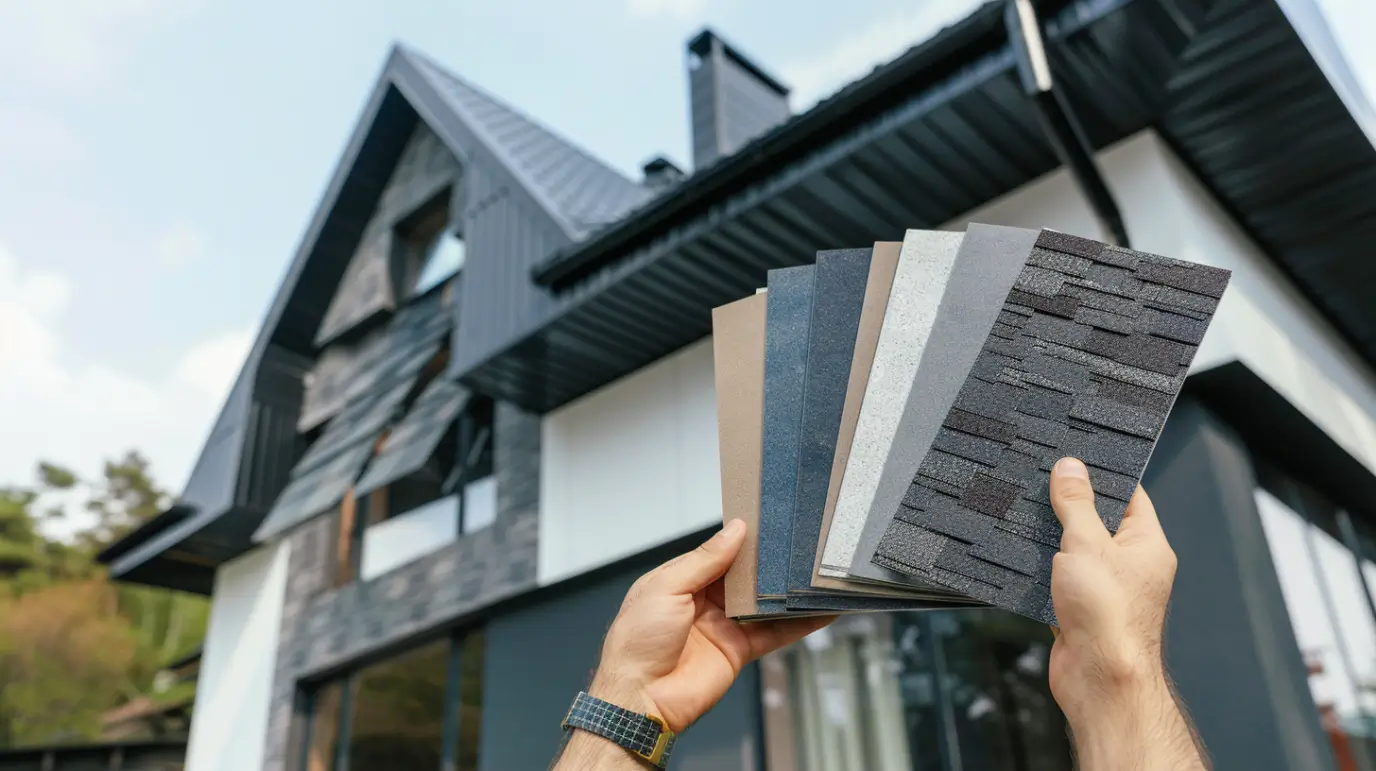
Choosing the Right Roofing Materials for High Winds
Choosing the right roofing materials for high winds is crucial. Durable metal panels or strong asphalt shingles enhance wind resistance and weather durability.
In wind-prone areas like the Quad Cities, opt for lightweight yet sturdy materials to counter uplift forces. Select products with a high impact rating for better storm resilience. Trust Burrage Roofing to recommend the best materials tailored to your needs.
Metal Roofing Advantages
Metal roofing is ideal for areas with strong winds due to its construction.
- Panels fit tightly, ensuring stability in high winds.
- It withstands impacts, protecting your home from debris during storms.
- Lightweight yet durable, it places minimal strain on the roof structure and has a long lifespan.
- It offers excellent energy efficiency and requires little maintenance.
Available in steel or aluminum, metal roofing suits various styles while providing robust protection against extreme weather. Burrage Roofing installs metal roofs meticulously, ensuring both aesthetic appeal and reliable defense, giving you peace of mind during inclement weather.
High-Performance Asphalt Shingles
Asphalt shingles are an affordable, durable roofing option, especially in high-wind areas. Upgraded shingles can withstand winds up to 130 mph and boast top impact ratings.
Manufacturers enhance asphalt shingles with extra layers for added wind resistance. More sealant during installation improves adhesion, helping them resist uplift forces.
While older asphalt shingles may struggle in severe weather, newer versions last longer and endure wind-driven rain and debris. Burrage Roofing installs high-quality asphalt shingles, ensuring your roof is prepared for tough Midwest winds while delivering excellent wind resistance.
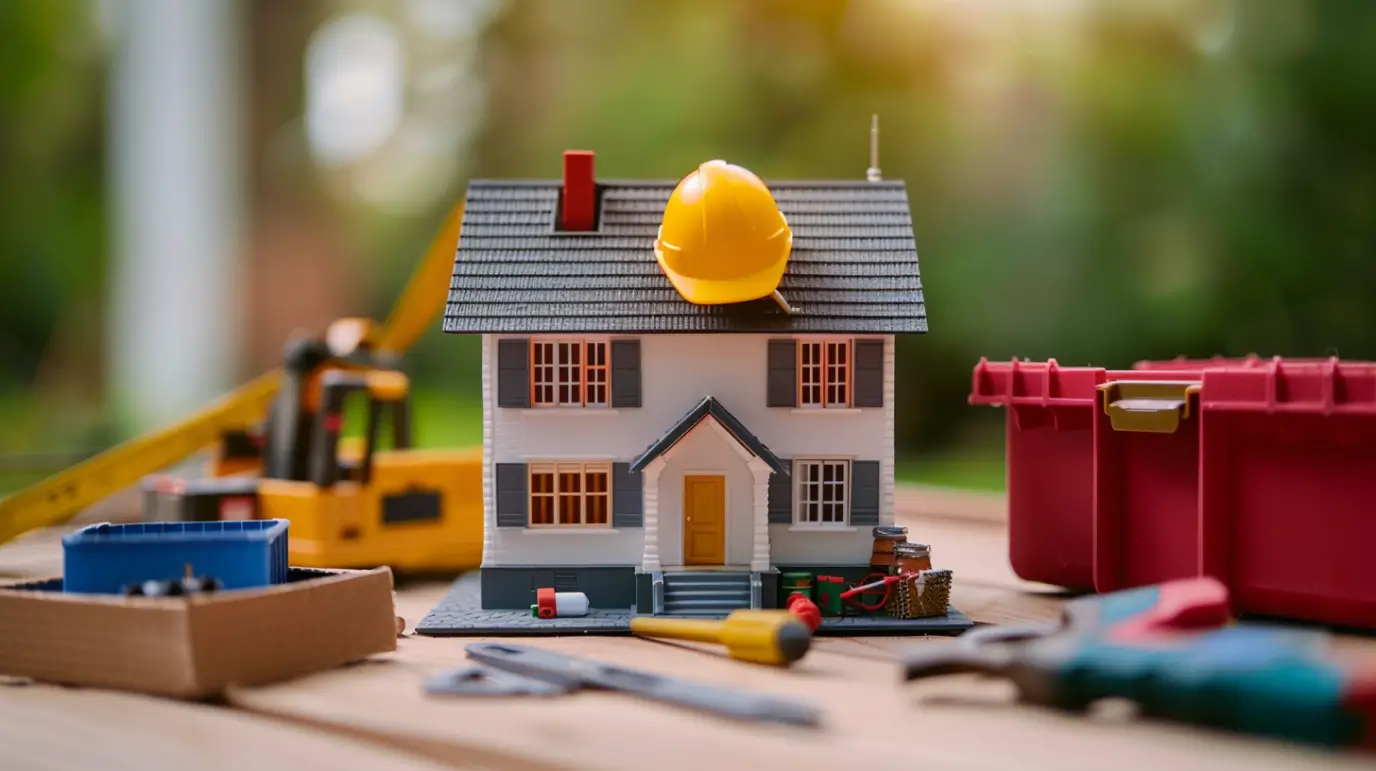
Essential Construction Features for Wind Resistance
A wind-resistant roof features smart elements that secure it during strong winds. Enhanced uplift resistance is achieved through proper construction practices, such as using hurricane straps or metal connectors to better attach the roof to its structure. These measures provide robust support against the wind conditions common in the Quad Cities.
Quality underlayment is also crucial; it protects against water intrusion and UV exposure, strengthening the roof over time. Burrage Roofing adheres to current building codes, incorporating these essential components to ensure your roof withstands wind and offers lasting protection.
Reinforced Fastening and Attachment Systems
A reliable roofing system in high wind areas relies on secure fastening and attachment methods. Reinforced connections, like hurricane straps and metal connectors, improve uplift resistance, allowing roofs to withstand strong winds. Proper installation techniques—such as using heavy-duty fasteners for roof trusses and edges—increase overall wind resistance.
Independent testing shows that these systems achieve higher impact ratings and meet strict building codes. By enhancing these structural elements, property owners gain peace of mind during severe weather. Investing in advanced fastening techniques not only safeguards against roof damage but also extends the lifespan of the roofing system, making it a smart choice for enduring nature’s challenges.
Underlayment and Decking Considerations
Underlayment is a crucial layer that supports roofs in high winds, acting as a barrier against water and sunlight. Positioned between the roof deck and outer surface, it prevents water intrusion and stabilizes structural elements during strong gusts.
The roof decking, made of sturdy plywood at least 5/8 inches thick, provides a solid foundation against uplift forces. Securing this decking with wind-rated fasteners enhances protection.
Combining high-quality underlayment with stable decking ensures roofs in the Quad Cities can withstand harsh weather. Burrage Roofing offers expert inspections to ensure your roof’s wind-resistant features are effective and secure.
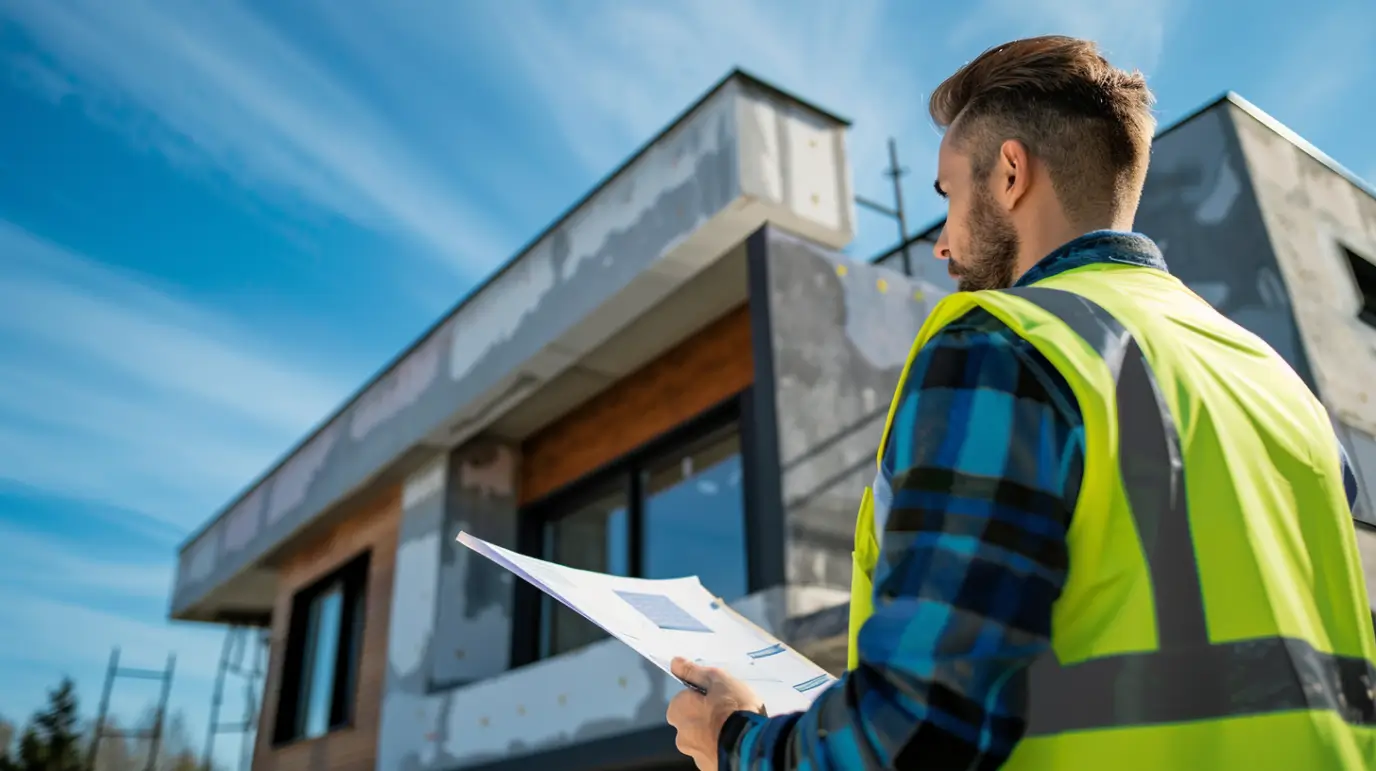
Professional Installation: Why Experience Matters
Wind-resistant roofs are essential, and a skilled team is crucial for proper installation. They ensure everything aligns and check for weak spots, preventing failures during extreme weather that could cause significant property damage.
At Burrage Roofing, our experienced team has over 30 years in roofing. We employ effective installation techniques to provide roofs that withstand high winds and maintain their shape over time. Trusting us means your home is safe, giving you peace of mind knowing it’s well protected.
Burrage Roofing’s Credentials and Partnerships
At Burrage Roofing, we take pride in its partnerships and accolades, boasting certifications as an IKO Craftsman Premier Installer and a BBB Accredited Business. Collaborating with top suppliers like SRS, ABC Supply, and James Hardie, we deliver strong, wind-resistant roofing to Quad Cities homeowners.
Utilizing advanced roofing systems and techniques, Burrage Roofing ensures durability that supports the entire structure. We adhere to industry best practices to provide reliable quality.
When installing new roofs, their priority is wind resistance. These roofing systems are designed to withstand the harsh Midwest weather, keeping your home safe.
The Value of Expert Craftsmanship in Roof Longevity
A professionally installed roof not only withstands high winds but also prolongs its lifespan. Skilled workers ensure every component is properly placed, eliminating potential weak spots.
Choosing Burrage Roofing means receiving the latest roofing techniques that comply with current standards. A professional installation enhances your roof’s appearance and increases your home’s value.
Investing in expert work guarantees a durable roof, making it ideal for those seeking resilience against adverse weather and strong winds.
Trust the Experts
In the Quad Cities, IL, it’s crucial to have roofs that withstand high winds due to the area’s harsh weather. Understanding wind-resistant roof design and choosing quality materials can enhance durability. Hiring a professional is essential for proper installation. At Burrage Roofing, we bring over 30 years of experience and partner with trusted suppliers to deliver quality roofing tailored to your needs. Don’t risk your roof—get quotes now to prepare your home for any weather challenges.
Read our blog: Composite Shingles: Lifespan vs Cost
Frequently Asked Questions
What is the most wind-resistant roof shape?
The hip roof has slopes on all its sides that point downwards. This shape helps to push wind pressure away, which lowers the uplift forces that can pull on the roof. Because of this, many people choose a hip roof, especially in places where high wind is common.
How often should I inspect my roof for wind damage?
Check your roof every year to look for wind damage, and try to do this before storm seasons start. After strong storms or any severe weather conditions, you should check your roof again. Look for any loose shingles, problems with the flashing, or other weak spots that recent wind could have caused.
